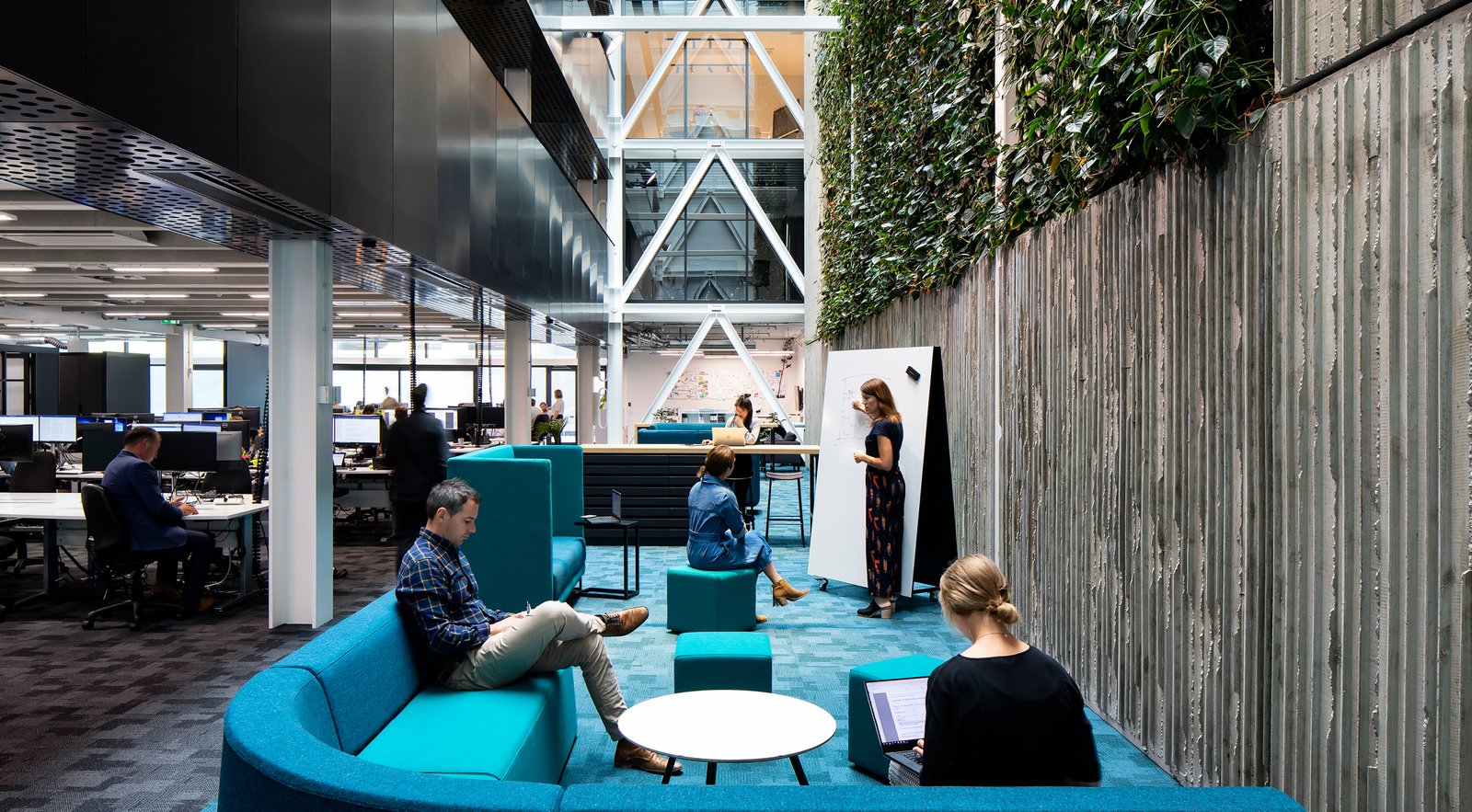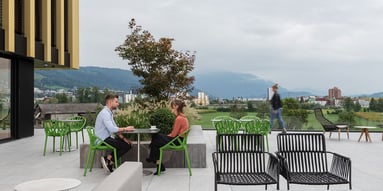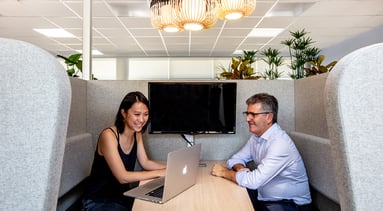
As organisations begin to resume their workplace activities during the COVID-19 pandemic, the health and wellbeing of staff and the provision of clean indoor air has become a high priority for many businesses.
In recent years, there’s been a visible trend towards improving the quality of the air we breathe indoors. Spurred on by the understanding that COVID-19 is potentially airborne, companies are beginning to pay more attention to creating healthy working environments for their people.
In 2016, Jones Lang LaSalle and PureLiving China released a study looking at the quality of air inside 160 office buildings in Beijing. Worryingly, the report found that 90% of these buildings failed to substantially reduce levels of harmful PM2.5 particles caused by the burning of fuels. Worse still, the report showed that indoor air in a quarter of these buildings was more polluted than the air outside, with some of the most harmful air being found in bathroom areas and stairwells.
Since then, purified air has become a luxury and a necessity in China. In 2018, the high-end Cordis Hongqiao hotel in Shanghai installed two levels of air filtration and pollution monitors in all its bedrooms, offering guests peace of mind about the high quality of the air they breathe.
Designing for better indoor air quality
Offices with poor air quality are often described as suffering from “Sick Building Syndrome”. Employees are unwell more frequently due to the transmission of dirty air particles, bacteria and viruses through air vents and air conditioning systems. Sick Building Syndrome is not only detrimental to the health, comfort and productivity of your workforce, it can also lead to an increase in costs related to health care and sick leave.
One of the main contributors to poor indoor air quality are VOCs (Volatile Organic Compounds) – harmful gases released by chemicals and solid materials. VOCs damage the ozone and, if trapped indoors, can cause serious health problems to those who are exposed at high levels. They can be found in practically everything inside an office space, from paint on the walls and glue used in construction, to printers and even furniture materials. The health effects of VOCs vary, but they can range from eye, nose and throat irritation to more serious medical conditions, depending on the levels of toxicity and exposure time.
When designing a new office space for a client, we do so with the aim of keeping VOCs to an absolute minimum. “As designers, we can reduce VOC’s by incorporating natural and sustainable materials like timber, bamboo or pure wool into the space,” says Jeremy Kumala, Senior Associate at Unispace in Singapore. “We can also reduce VOCs by using low and zero-VOC coating products to reduce or eliminate emissions from underlying materials.”
Green construction and installation for long-lasting results
While much remains unknown about COVID-19, there is a growing concern among scientists that the coronavirus can be transmitted by airborne particles. Modifications to heating, ventilation, and air-conditioning systems (HVAC) may help to reduce the spread of the virus by purifying air, improving ventilation, and managing airflows.
Unispace has been helping clients address the shortfalls in their existing air filtration systems by using high-tech HVAC systems which can filter up to 95% of air pollutants and can kill bacteria and viruses using ultraviolet germicidal irradiation. To ensure a high quality of indoor air is sustained for years to come, Unispace follows a strict methodology during the construction and installation process.
After the design phase, successful construction and installation depends on six key elements:
- Controlling dust onsite
- Blocking off air to the construction site with temporary barriers
- Ensuring all materials and glues have low VOC content
- Flushing the interior space with outside air after furniture installation and prior to occupancy
- Looking at ways to do as much of the building offsite as possible
- Keeping the site clean and dust-free
- Storing materials properly and, finally, ensuring teams, sub-contractors and vendors are trained and educated in best practices.
Greg Maier, Principal, Delivery at Unispace in Singapore, recognises that it is becoming increasingly important to clients that their office has a BCA Green Mark Platinum or WELL certification. This helps to instill confidence in employees and visitors, which is especially poignant in the wake of COVID-19: “We talk to clients early to find out their sticking points around air quality, and we monitor the quality of the air during and at the end of each project to make sure it is at its highest.”
In the current post-COVID-19 climate, more organisations are focusing their attention on the importance of clean indoor air in their workplaces. While this has always been a priority, it is positive to see many companies embracing wellness and placing a higher emphasis on providing better indoor air quality and ultimately, improving the health of their employees.
Download the "The Clean Palette" guide to find out how you can reduce infection in the office through design.


